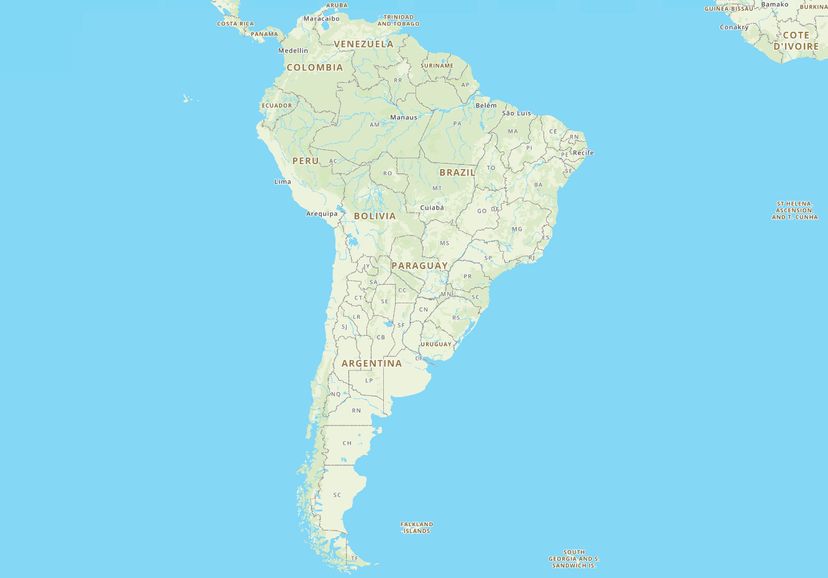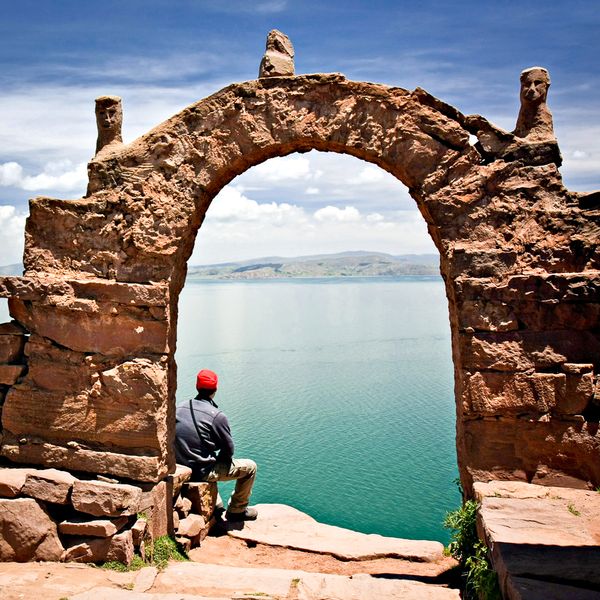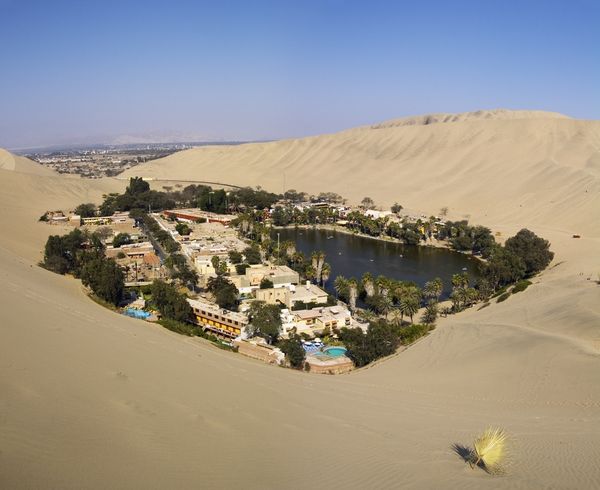
South America is a vast and diverse continent, offering a rich tapestry of landscapes, cultures, and ecosystems. As the fourth largest continent in the world, it stretches from the equator down to the icy fringes of Antarctica, encompassing a variety of geographic features, from towering mountains to expansive rainforests. Our South America map not only highlights its physical beauty but also its cultural diversity and historical significance.
Advertisement


